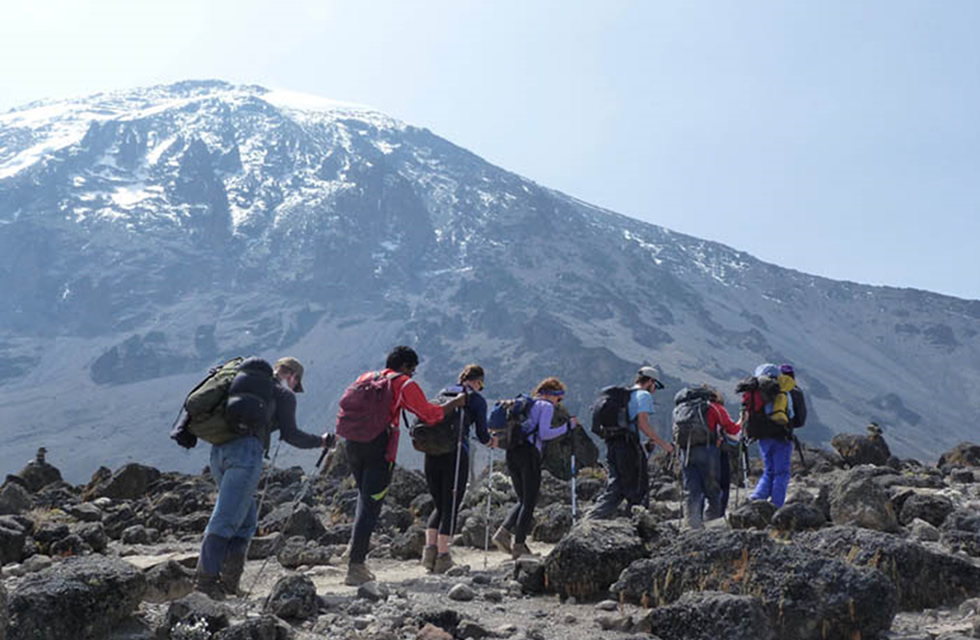Earlier this year the Seven Natural Wonders of Africa were named at a ceremony in Arusha, Tanzania considered with tourism destination in Africa. Here are these fabulous tourism wonders;
Red Sea Reef
This stretches over 1,240 miles along the coast of Egypt, Sudan, and Eritrea. There are more than 1,100 species of fish that call it home and nearly 10% of these are only seen in this region. The reef features include abundant aquatic life, platforms, lagoons, and cylinders.
Mount Kilimanjaro
 Mount Kilimanjaro is one of the largest strata volcanoes in the world reaching 19,340 feet (5,895 m) into the air. As the tallest mountain in Africa, Mount Kilimanjaro is also the tallest free standing mountain in the world. Kilimanjaro is a composite volcano that includes layers of lava, tephra and volcanic ash. The volcano is currently inactive with no known history of eruptions.
Mount Kilimanjaro is one of the largest strata volcanoes in the world reaching 19,340 feet (5,895 m) into the air. As the tallest mountain in Africa, Mount Kilimanjaro is also the tallest free standing mountain in the world. Kilimanjaro is a composite volcano that includes layers of lava, tephra and volcanic ash. The volcano is currently inactive with no known history of eruptions.
Sahara Desert
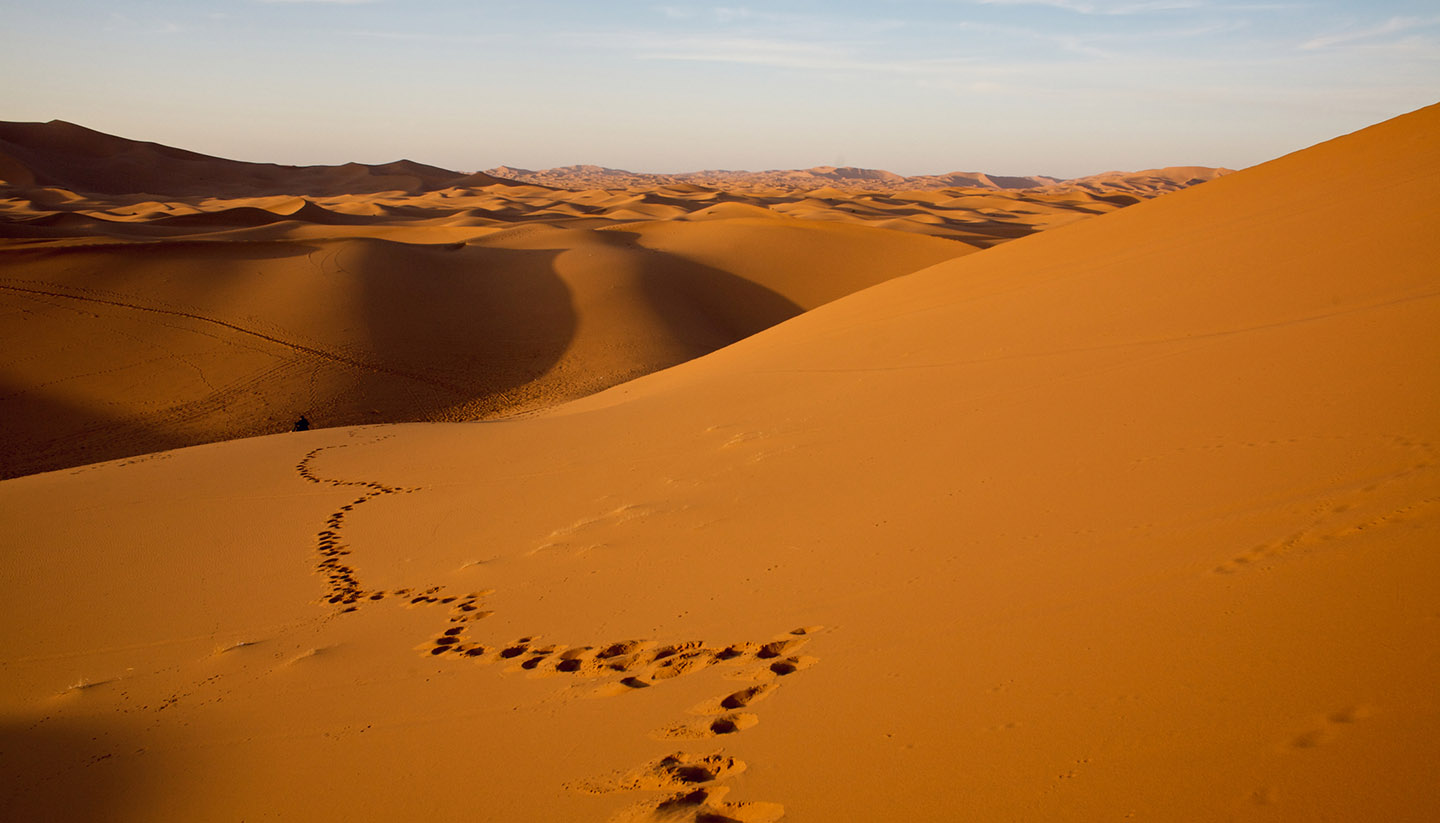
The Sahara Desert is the largest hot desert in the world and the largest desert following Antarctica and the Artic. This covers over 3,600,000 square miles (9,400,00- sq km). In comparison, this is approximately the size of the United States or China. This makes the Sahara the largest sandy or hot desert in the world.
The boundaries of the Sahara Desert stretch from the Red Sea on the east, the Atlantic Ocean on the west, the valley of the Niger river on the south, to the Mediterranean Sea on the north. The desert encompasses, at least in part, the countries of Algeria, Chad, Egypt, Libya, Mali, Mauritania, Morocco, Niger, Western Sahara, Sudan, and Tunisia. The Nile river runs through the Sahara Desert throughout the year, but all other rivers only exist seasonally.
Nile River
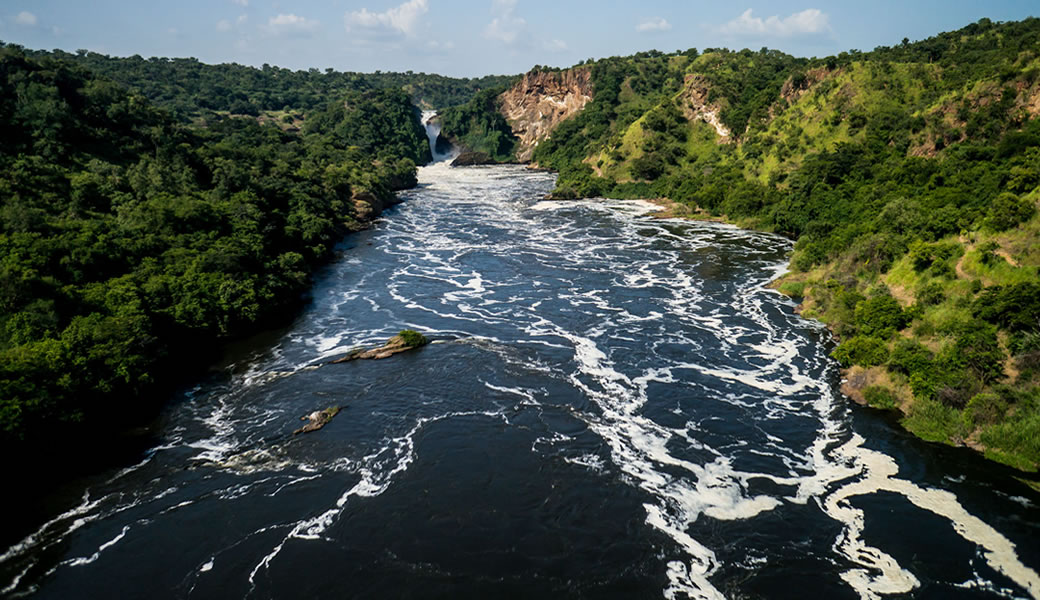 The Nile River is located in northern Africa spanning across 10 countries that include Uganda, Ethiopia, Sudan, South Sudan, Democratic Republic of the Congo, Kenya, Tanzania, Rwanda, Burundi and ending in Egypt as it feeds into the Mediterranean Sea.
The Nile River is located in northern Africa spanning across 10 countries that include Uganda, Ethiopia, Sudan, South Sudan, Democratic Republic of the Congo, Kenya, Tanzania, Rwanda, Burundi and ending in Egypt as it feeds into the Mediterranean Sea.
The Nile River is the longest river in the world beating out the Amazon by 155 Feet. The Nile is considered to have two sources of which one originates in Uganda and the other in Ethiopia. Upon receiving the official recognition as a natural wonder, Uganda Minister of Tourism declared the source as a protected area.
Serengeti Migration
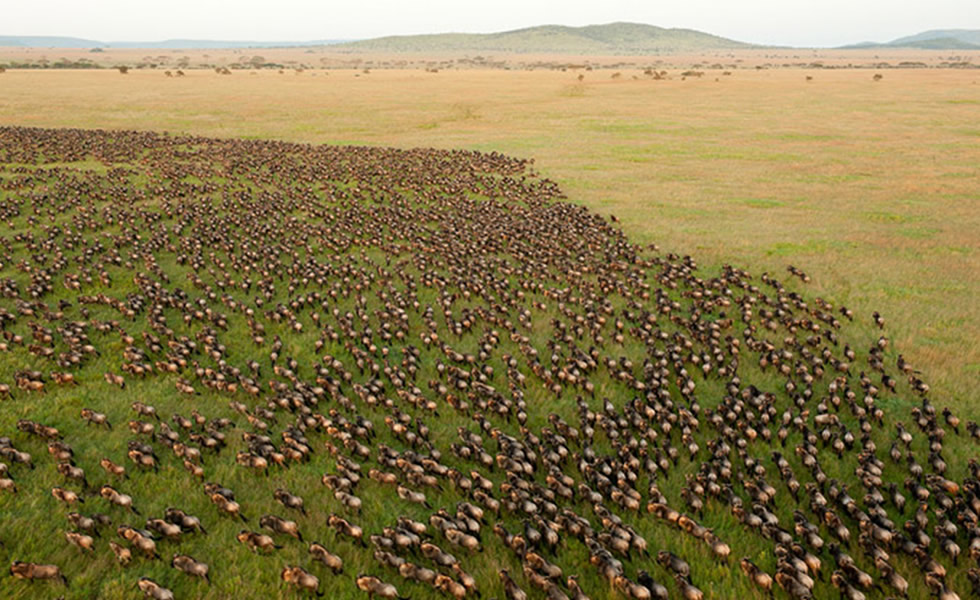 The Serengeti migration is the longest and largest over land migration in the world. The Serengeti plains account for over 18,641 square miles and the migration itself travels 500 miles on the path from Tanzania to the Masai Mara Reserve in Kenya. Approximately 80% of the Seregeti plains are protected by the Tanzanian and Kenyan governments.
The Serengeti migration is the longest and largest over land migration in the world. The Serengeti plains account for over 18,641 square miles and the migration itself travels 500 miles on the path from Tanzania to the Masai Mara Reserve in Kenya. Approximately 80% of the Seregeti plains are protected by the Tanzanian and Kenyan governments.
The Serengeti is home to over 70 larger mammals and approximately 500 different types of birds. Probably the most impressive part of the migration is the herds of wildebeests that blanket the plains. The migration will kill off around 250,000 wildebeests each year.
Ngorongoro Crater
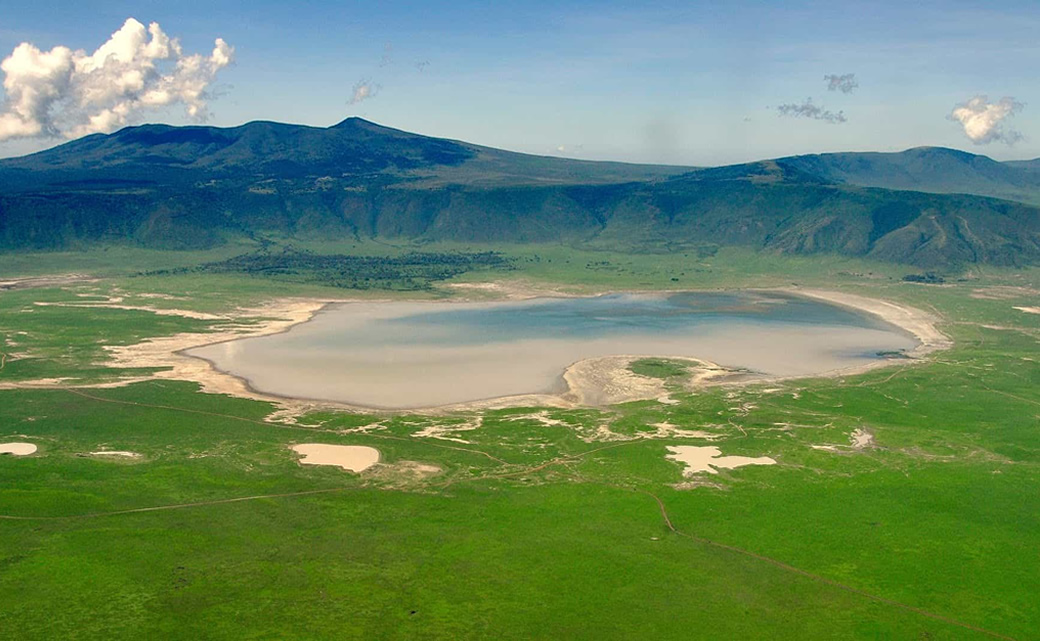 Ngorongoro Crater is the world’s largest unbroken caldera. Often referred to as “Africa’s Garden of Eden,” the crater is home to over 30,000 animals including elephants, lions, cheetahs, wildebeests, buffaloes, and the rare black rhinos. It was created from a volcano that exploded creating the caldera wilderness haven. The crater is 12 miles (19 km) across and consumes 102 square miles (264 sq km) of wilderness. The rim of the crater rises just over 2,000 feet (610 m) above the caldera floor reaching an elevation of 7,500 feet (2,286 m).
Ngorongoro Crater is the world’s largest unbroken caldera. Often referred to as “Africa’s Garden of Eden,” the crater is home to over 30,000 animals including elephants, lions, cheetahs, wildebeests, buffaloes, and the rare black rhinos. It was created from a volcano that exploded creating the caldera wilderness haven. The crater is 12 miles (19 km) across and consumes 102 square miles (264 sq km) of wilderness. The rim of the crater rises just over 2,000 feet (610 m) above the caldera floor reaching an elevation of 7,500 feet (2,286 m).
Okavango Delta
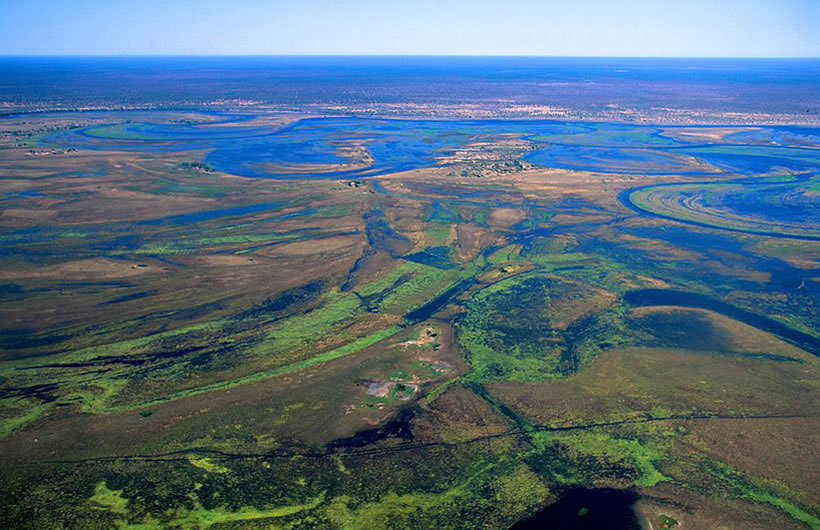 The Okavango Delta is argued as the world’s largest inland delta. The delta is created from the rains that fill the Okavango River which is delivered to the basin of the Kalahari Desert. This is caused by the rainy season that occurs between January and February. The waters begin filling the delta in March and rising to the peak months of July and August. The majority of water is lost to evaporation and transpiration. Plants and transpiration account for 60% of the water lost followed by evaporation with 36%. The delta is extremely flat with 7 feet (2 meters) of elevation change. Every year the delta features 11 cubic kilometers, or 11,000,000,000,000 liters, of water flow.
The Okavango Delta is argued as the world’s largest inland delta. The delta is created from the rains that fill the Okavango River which is delivered to the basin of the Kalahari Desert. This is caused by the rainy season that occurs between January and February. The waters begin filling the delta in March and rising to the peak months of July and August. The majority of water is lost to evaporation and transpiration. Plants and transpiration account for 60% of the water lost followed by evaporation with 36%. The delta is extremely flat with 7 feet (2 meters) of elevation change. Every year the delta features 11 cubic kilometers, or 11,000,000,000,000 liters, of water flow.

